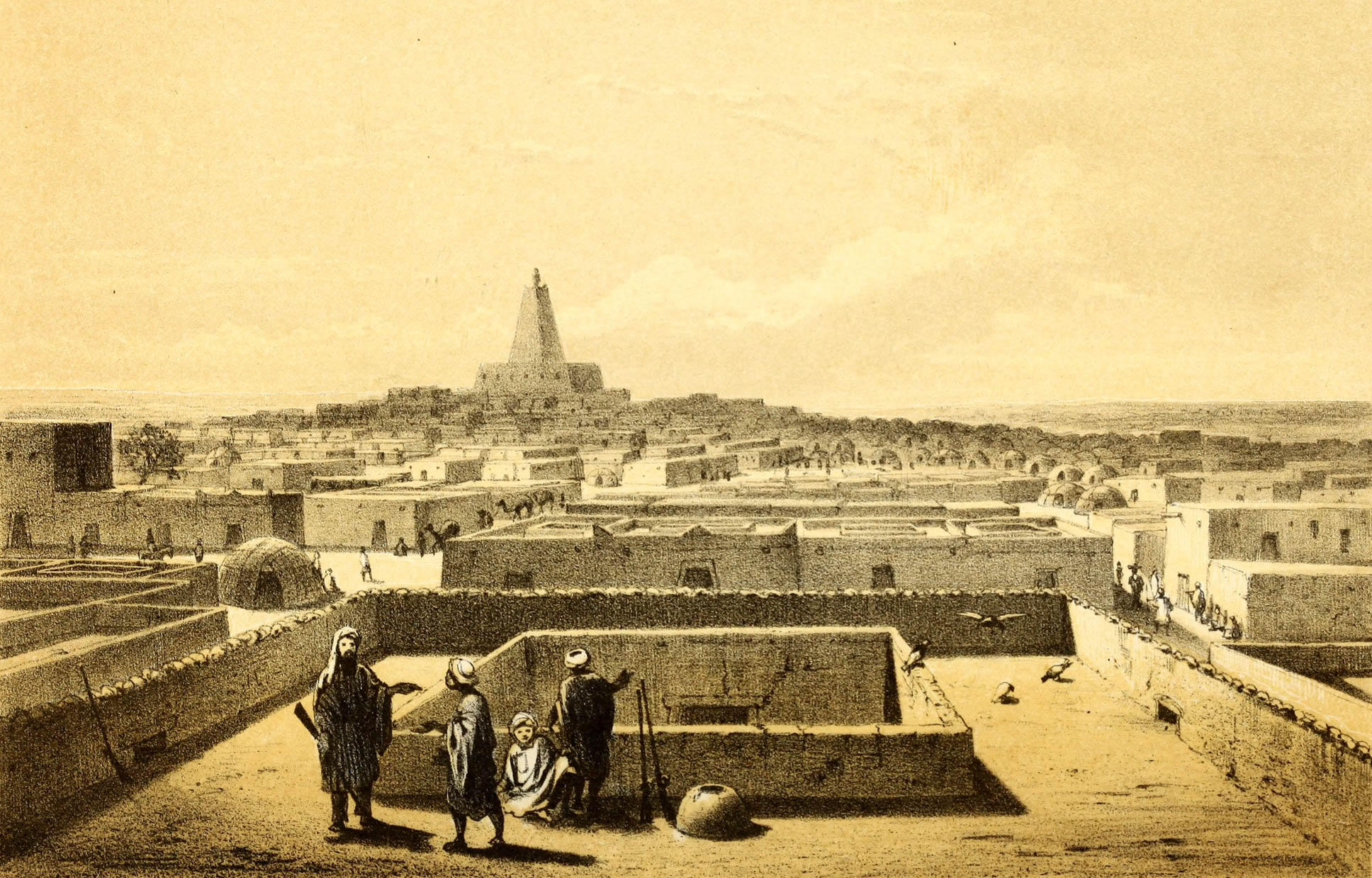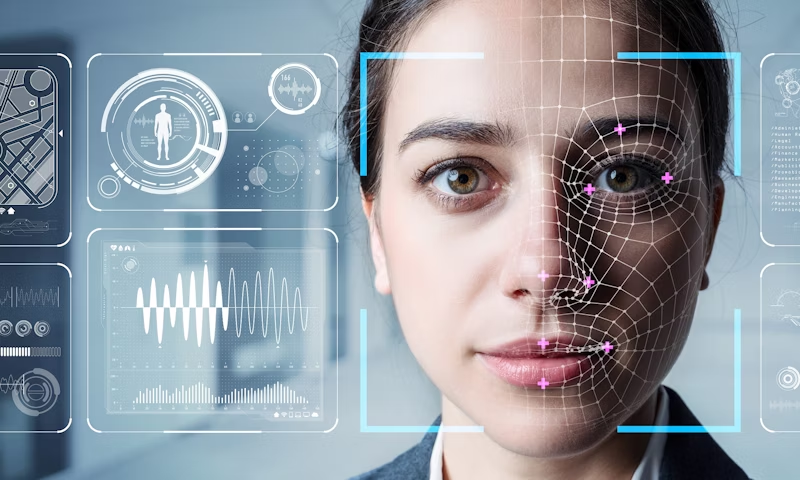zoomacademia.com – Money is so deeply embedded in modern life that it’s easy to overlook its origins. However, the invention of money was a pivotal moment in human history, transforming how societies function and paving the way for global economies. But why did humans create money? The answer lies in the fundamental challenges of early trade, social complexity, and the evolution of human cooperation.
The Barter System: A Beginning, but Not Perfect
Before money, societies relied on barter, exchanging goods and services directly. For example, a farmer might trade grain for a blacksmith’s tools. While functional in small communities, barter had significant limitations:
- Double Coincidence of Wants: Both parties needed to desire what the other offered.
- Indivisibility: Some goods, like livestock, couldn’t be easily divided for smaller transactions.
- Lack of a Standard Value: There was no universal agreement on how much one item was worth compared to another.
These inefficiencies created the need for a universal medium that could facilitate exchanges more smoothly.
The Birth of Money: From Commodity to Currency
To overcome barter’s limitations, societies began using commodity money—items with intrinsic value, such as salt, grain, or precious metals. Over time, metals like gold and silver became widely accepted due to their:
- Durability: Metals don’t spoil or degrade.
- Portability: Easy to carry compared to bulky goods.
- Divisibility: Simple to divide into smaller units.
- Uniformity: Recognizable and difficult to counterfeit.
Eventually, governments began issuing coins with standardized values, which evolved into paper money as trust in centralized authorities grew.
Money as a Social Contract
Money transcended its material form to become a symbol of trust. When societies accepted money, they implicitly agreed on its value, regardless of its physical worth. This collective trust transformed money into a powerful tool for:
- Facilitating Trade: Making local and long-distance commerce easier.
- Storing Wealth: Allowing individuals to save resources for future use.
- Enabling Complex Economies: Supporting large-scale markets, contracts, and financial institutions.
Modern Money: Beyond Physical Currency
Today, money exists in diverse forms: digital currencies, cryptocurrencies, and electronic transactions. These innovations reflect humanity’s continuous quest to simplify and secure trade, adapting money to fit technological advancements.
Conclusion: A Human Solution for Human Challenges
The invention of money wasn’t just about making trade easier; it was about creating a system that fostered cooperation, trust, and economic growth. From ancient barter systems to modern digital currencies, money remains one of humanity’s most remarkable achievements—proof of our ability to solve complex problems through collective innovation.
Why Humans Created Money: A Journey Through History
Money is so deeply embedded in modern life that it’s easy to overlook its origins. However, the invention of money was a pivotal moment in human history, transforming how societies function and paving the way for global economies. But why did humans create money? The answer lies in the fundamental challenges of early trade, social complexity, and the evolution of human cooperation.
The Barter System: A Beginning, but Not Perfect
Before money, societies relied on barter, exchanging goods and services directly. For example, a farmer might trade grain for a blacksmith’s tools. While functional in small communities, barter had significant limitations:
- Double Coincidence of Wants: Both parties needed to desire what the other offered.
- Indivisibility: Some goods, like livestock, couldn’t be easily divided for smaller transactions.
- Lack of a Standard Value: There was no universal agreement on how much one item was worth compared to another.
These inefficiencies created the need for a universal medium that could facilitate exchanges more smoothly.
The Birth of Money: From Commodity to Currency
To overcome barter’s limitations, societies began using commodity money—items with intrinsic value, such as salt, grain, or precious metals. Over time, metals like gold and silver became widely accepted due to their:
- Durability: Metals don’t spoil or degrade.
- Portability: Easy to carry compared to bulky goods.
- Divisibility: Simple to divide into smaller units.
- Uniformity: Recognizable and difficult to counterfeit.
Eventually, governments began issuing coins with standardized values, which evolved into paper money as trust in centralized authorities grew.
Money as a Social Contract
Money transcended its material form to become a symbol of trust. When societies accepted money, they implicitly agreed on its value, regardless of its physical worth. This collective trust transformed money into a powerful tool for:
- Facilitating Trade: Making local and long-distance commerce easier.
- Storing Wealth: Allowing individuals to save resources for future use.
- Enabling Complex Economies: Supporting large-scale markets, contracts, and financial institutions.
Modern Money: Beyond Physical Currency
Today, money exists in diverse forms: digital currencies, cryptocurrencies, and electronic transactions. These innovations reflect humanity’s continuous quest to simplify and secure trade, adapting money to fit technological advancements.
Conclusion: A Human Solution for Human Challenges
The invention of money wasn’t just about making trade easier; it was about creating a system that fostered cooperation, trust, and economic growth. From ancient barter systems to modern digital currencies, money remains one of humanity’s most remarkable achievements—proof of our ability to solve complex problems through collective innovation.







